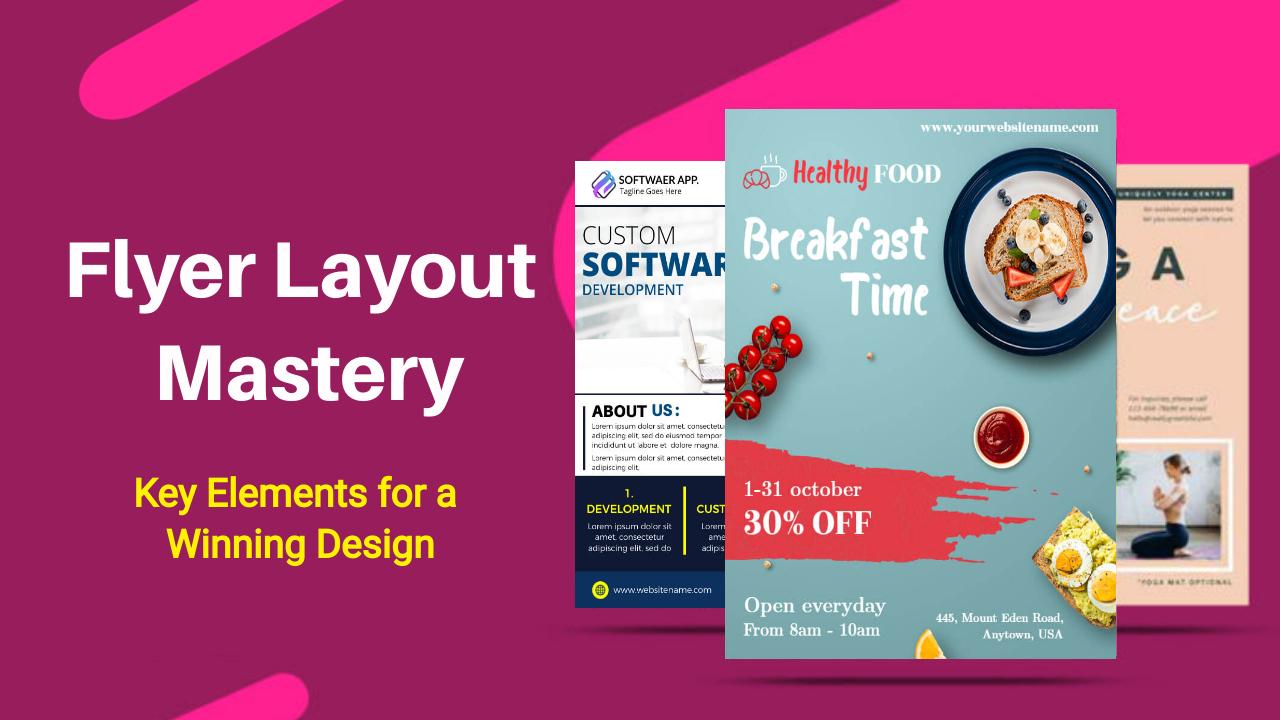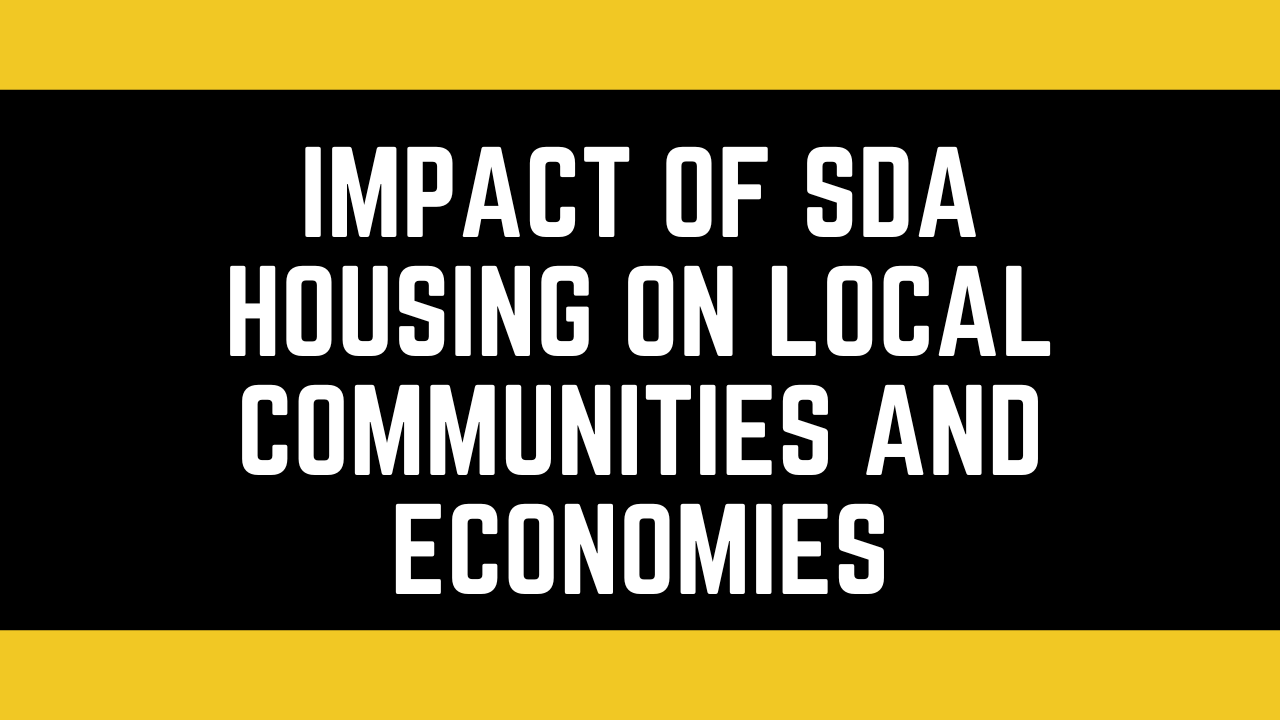In the fast-paced digital age, where visual appeal is paramount, mastering the art of Flyer Layout is essential for leaving a lasting impression. A well-crafted flyer can be a powerful tool for conveying your message effectively and capturing the attention of your target audience. Choosing the right flyer template can make your promotions more effective by giving you a good starting point for a visually appealing and professional final design. In this comprehensive guide, we delve into the key elements that make up a winning flyer design, ensuring your content not only stands out but also dominates the digital landscape.
Understanding the Purpose: Setting the Foundation
Defining Objectives
Before immersing yourself in the intricate world of flyer design, take a moment to meticulously define your objectives. This preliminary step is not merely a formality but a strategic cornerstone that sets the tone for your entire design journey. By clearly outlining what message you aim to convey, you lay the groundwork for a focused and impactful design.
Consider the broader scope of your communication—whether it’s about promoting an upcoming event, showcasing a new product, or highlighting a specific service. Each objective comes with its unique set of requirements and nuances, and by articulating these goals upfront, you provide a roadmap for the subsequent design decisions.
In essence, defining your objectives is akin to plotting the coordinates on a map before embarking on a journey. It establishes the destination for your design efforts, ensuring that every element crafted and chosen contributes cohesively to the overarching purpose.
Understanding Your Audience
Target Demographics
Knowing your audience is the first step in crafting a flyer that resonates. Consider demographics such as age, gender, and location to tailor your design to their preferences.
Analyzing Preferences and Interests
Delve deeper into your audience’s interests. What visuals and messages will captivate them? Understanding these nuances ensures your flyer speaks directly to the people you want to reach.
Crafting Compelling Content: The Heart of Your Flyer
Engaging Headlines
The headline is the first point of contact with your audience. Craft headlines that are not only attention-grabbing but also concise. Use powerful words that resonate with your target audience, leaving them curious and eager to explore further.
Captivating Imagery
Visual appeal is non-negotiable in flyer design. Incorporate high-resolution images that align with your message. Ensure they are relevant, compelling, and in line with your brand identity. The strategic use of visuals can significantly enhance the overall impact of your flyer.
Strategic Typography
Choose fonts that are easy to read and align with your brand aesthetics. Experiment with font sizes to create a visual hierarchy, emphasizing key points. Well-chosen typography adds a layer of sophistication to your design, making it more visually appealing.
Designing for Impact: Layout Matters
Balanced Composition
Achieving a harmonious balance in your flyer layout is vital. Divide the space thoughtfully, ensuring each element complements the others. A balanced composition fosters a seamless flow, guiding the reader’s eyes through the content effortlessly.
Color Psychology
Colors evoke emotions and play a crucial role in conveying your message. Understand the psychology behind colors and select a palette that resonates with your brand and the intended emotions. Consistency in color usage reinforces brand identity and enhances visual appeal. Maintain consistency with your brand colors. A harmonized color scheme reinforces brand identity and creates a cohesive visual experience.
Whitespace Utilization
Embrace whitespace as a design element. A clutter-free layout not only looks professional but also enhances readability. Strategic use of whitespace directs attention to key elements, preventing visual overwhelm and ensuring a positive user experience.
Conveying Information Effectively: Details Matter
Clear Call-to-Action (CTA)
Every flyer should prompt the reader to take action. Craft a clear and compelling CTA that guides them on what steps to take next. Whether it’s making a purchase, attending an event, or visiting a website, clarity is paramount. Strategically place CTAs to ensure they are easily noticed. Consider the natural flow of reading and guide the reader towards taking the desired action.
Contact Information
Ensure your contact details are prominently displayed. Whether it’s a phone number, email, or social media handles, easy access to contact information builds trust and encourages interaction.
Incorporate QR Codes
Incorporating QR codes adds a modern touch to your flyer, enabling seamless digital interaction. Direct users to your website, promotional video, or exclusive content with a simple scan, enhancing the overall user experience.
Print Considerations: Bringing Your Design to Life
High-Quality Printing
Invest in high-quality printing to ensure your flyer looks as impressive in print as it does digitally. Choose the right paper stock and finishes that align with your brand image. The tactile experience of a well-printed flyer can leave a lasting impression.
Resolution and File Formats
Prepare your design for printing by optimizing resolution and choosing appropriate file formats. High-quality files result in crisp, professional-looking prints.
Test Prints for Accuracy
Before mass production, conduct test prints to ensure colors, fonts, and images appear as intended. This meticulous approach prevents any surprises in the final print run, ensuring your flyers maintain the intended impact.
Mobile-Friendly Design
Importance of Responsiveness
With the prevalence of mobile devices, ensure your flyer is optimized for various screen sizes. A mobile-friendly design expands your reach to a broader audience.
Testing Across Devices
Before finalizing your design, test it across different devices to ensure a seamless and visually pleasing experience for all users.
Conclusion:
In conclusion, mastering Flyer Layout is a potent skill that can elevate your message and captivate your audience. By understanding the nuances of design, incorporating compelling content, and paying attention to every detail, you can design flyer that can transcend the ordinary and become a powerful marketing tool.
Remember, the key lies not only in standing out but also in delivering a memorable user experience. As you embark on your flyer design journey, keep these key elements in mind, and watch your content soar to new heights.





